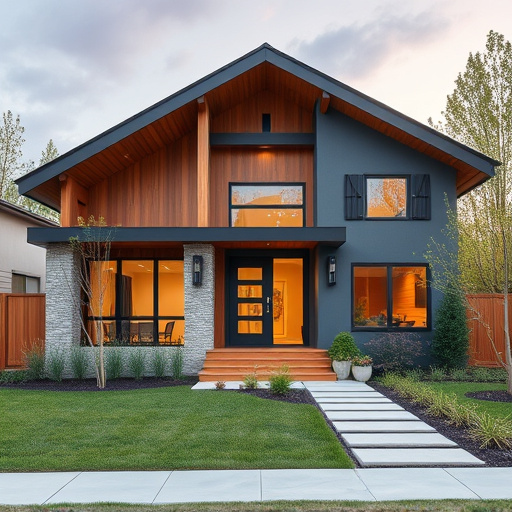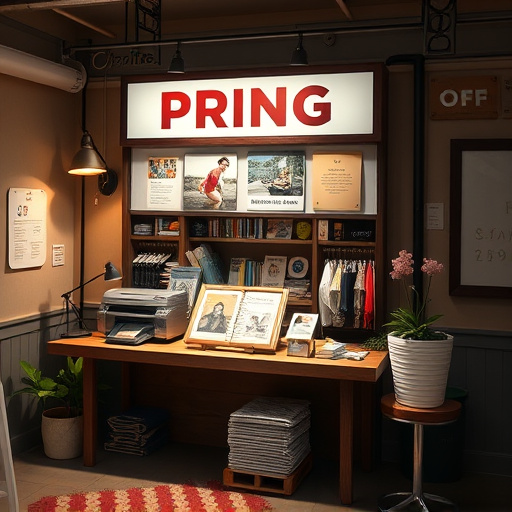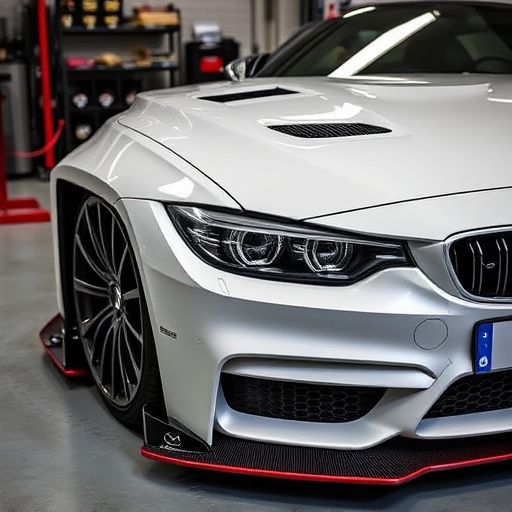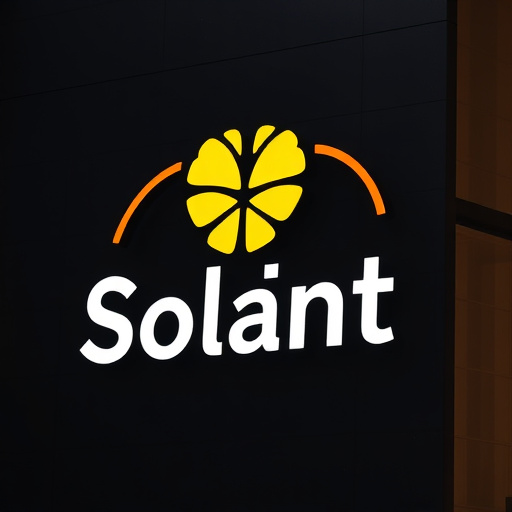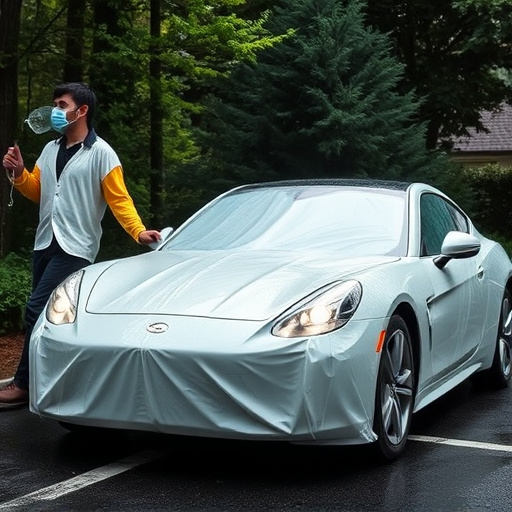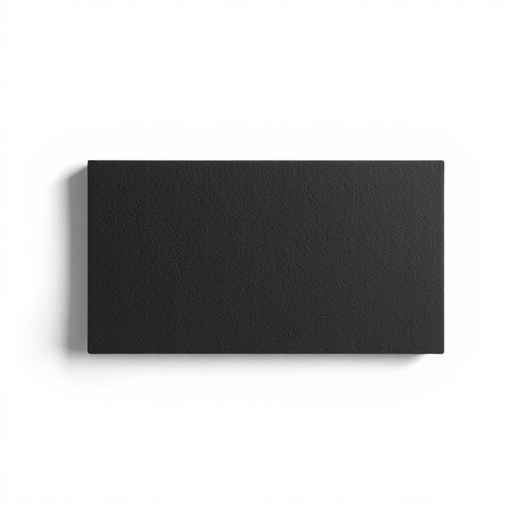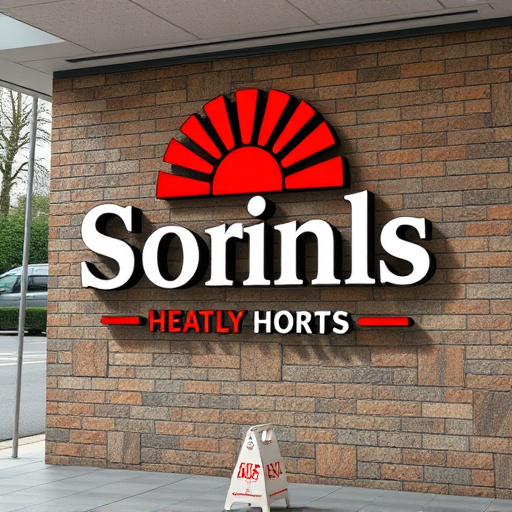Heat rejection tinting, an advanced window treatment technology, reflects heat back into the atmosphere, reducing interior temperature and cutting energy costs. It's a popular choice for residential and commercial applications due to its environmental benefits and enhanced energy efficiency. To implement effectively, choose high-quality tints designed for heat rejection, consider climate and vehicle usage, ensure proper application by professionals, and combine with paint correction and protection film for optimal results. Heat rejection tinting is a game-changer across industries, slashing cooling costs and boosting energy efficiency from large facilities to custom vehicle wraps globally.
Looking to slash your cooling costs? Heat rejection tinting could be the solution. This innovative technology blocks harmful UV rays and reorders excess heat, keeping your home or office cooler without relying heavily on air conditioning. Our guide explores the science behind heat rejection tinting, offers practical tips for implementation, and highlights compelling case studies showcasing its real-world benefits. Discover how this smart upgrade can save you money and reduce your environmental footprint.
- Understanding Heat Rejection Tinting and Its Benefits
- How to Implement Heat Rejection Tinting Effectively
- Case Studies: Successful Heat Rejection Tinting Applications
Understanding Heat Rejection Tinting and Its Benefits
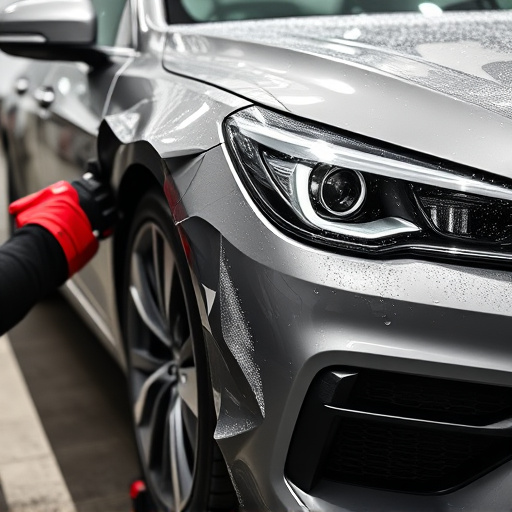
Heat rejection tinting is a cutting-edge technology designed to mitigate the sun’s intense rays and reduce the interior temperature of buildings. Unlike traditional window tints, which simply block light, heat rejection tinting uses specialized materials that reflect heat back into the atmosphere. This process significantly cuts down on the amount of energy required for cooling, leading to substantial savings on utility bills.
The benefits of this innovative approach extend beyond financial advantages. By minimizing the heat gain inside structures, it creates a more comfortable indoor environment, reduces the strain on HVAC systems, and even improves air quality by blocking harmful UV rays. Moreover, with its ability to enhance energy efficiency, heat rejection tinting is an eco-friendly solution that contributes to a greener future, making it a popular choice for both residential and commercial properties.
How to Implement Heat Rejection Tinting Effectively
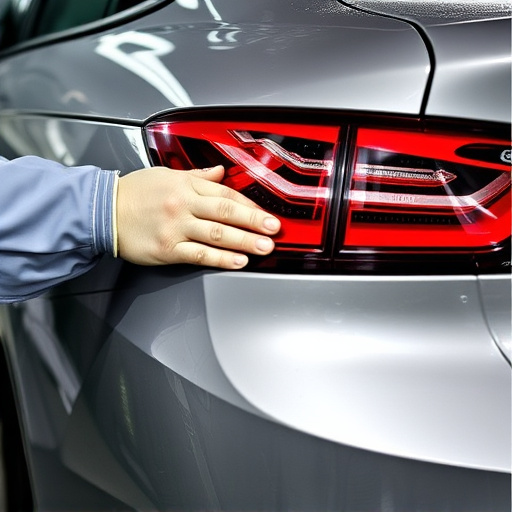
Implementing heat rejection tinting effectively requires a strategic approach to maximize its benefits. First, choose high-quality window tints designed specifically for heat rejection. These tints are engineered to block infrared and UV rays, which are major contributors to interior heating. When selecting, consider your climate and vehicle usage; lighter tints offer better visibility while darker ones provide more thermal protection.
Next, ensure proper application for optimal performance. Seek professional services offering premium automotive tinting as it ensures a seamless finish without bubbles or gaps that could reduce effectiveness. Additionally, consider combining heat rejection tinting with other protective layers like paint correction and a paint protection film. These steps collectively contribute to a cooler interior, enhancing comfort while preserving your vehicle’s exterior.
Case Studies: Successful Heat Rejection Tinting Applications
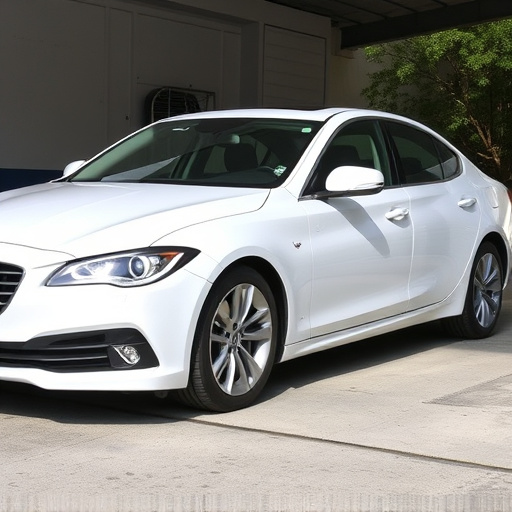
Heat rejection tinting has proven to be a game-changer in various industries, significantly reducing cooling costs while enhancing energy efficiency. Case studies from around the globe highlight its success in diverse applications. For instance, large industrial facilities have employed heat rejection tinting on windows and roofs to reflect heat away, thereby decreasing interior temperatures and lowering energy consumption for air conditioning systems.
In the automotive sector, custom vehicle wraps utilizing heat rejection tinting have shown remarkable results. Vehicle wraps not only offer protection to the car’s paint job but also help in rejecting heat, making rides more comfortable during hot summer days. Car customization enthusiasts are embracing this technology, combining it with innovative design elements to create visually appealing and efficient vehicles.
Heat rejection tinting is a game-changer when it comes to reducing cooling costs. By understanding its benefits, implementing effective strategies, and studying successful applications, homeowners and businesses can significantly lower energy expenses while improving comfort levels. This innovative technology offers a sustainable and cost-effective solution for navigating the heat, making it an essential consideration in today’s digital era.



